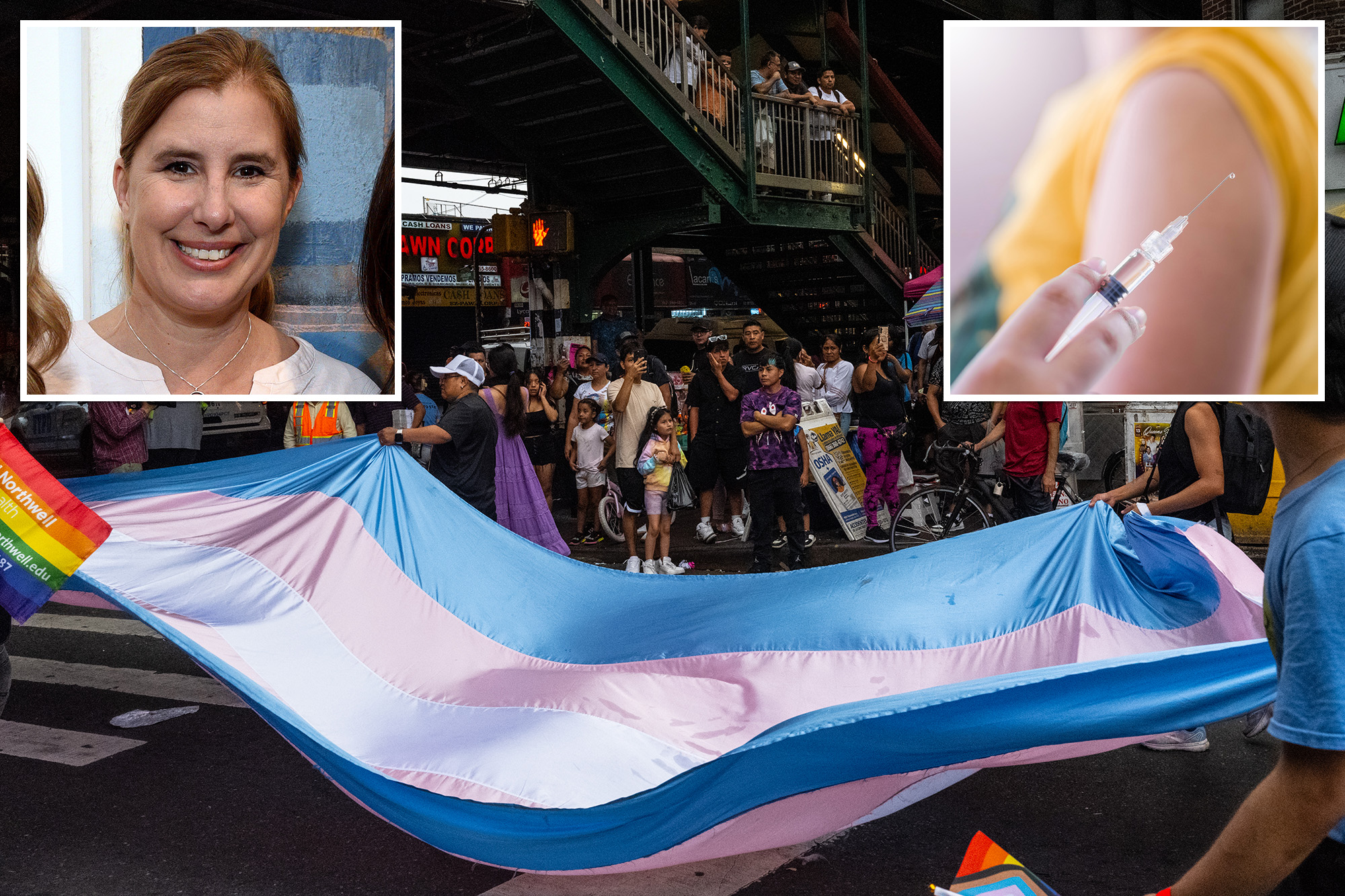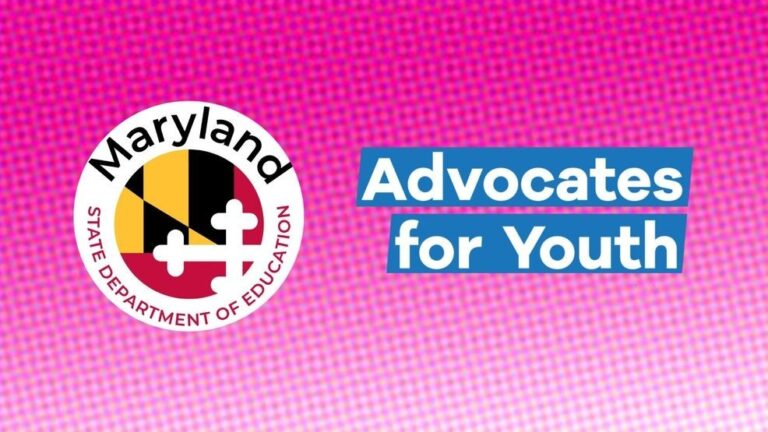Controversial Study Reveals Puberty Blockers’ Impact on Trans Kids’ Mental Health
Unpacking the Controversy: Puberty Blockers and Trans Kids’ Mental Health
In today’s world, conversations about gender identity, puberty blockers, and their effects on mental health have become common, yet they often lead to heated debates. The latest study surrounding this sensitive subject has stirred the pot, presenting findings that challenge established beliefs regarding the efficacy of puberty blockers for transgender youth. So, why all the fuss? Let’s dive in and unravel the complexities of this hot topic!
Understanding Puberty Blockers: What Are They?
Before we get into the nitty-gritty, let’s take a moment to understand what puberty blockers actually are. In simple terms, puberty blockers are medications that temporarily pause the physical changes associated with puberty. They’ve been a lifesaver for many transgender youth who often face severe gender dysphoria—a profound sense of discomfort that can lead to anxiety, depression, and other mental health issues.
Think of puberty blockers as a “pause” button on puberty, allowing young trans individuals to take a breath and explore their gender identity without the added stress of their bodies changing in ways that feel alien to them. They are often prescribed when a child or adolescent expresses a strong desire to transition, aiming to provide a clearer path to decisions about gender-affirming surgeries or hormone treatments later on.
The Stakes: Mental Health Matters
Mental health is foundational, especially for young people navigating the tumultuous waters of adolescence alongside gender identity issues. A staggering number of studies indicate that transgender youth are at a significantly higher risk for depression, anxiety, and suicidal ideation compared to their cisgender peers. Thus, it’s no surprise that many families turn to puberty blockers hoping to mitigate these mental health risks.
But let me throw a wrench in the works: a recent study claims that these blockers may not provide the benefits they were once thought to deliver. Let’s break this down further.
The Controversial Study
A new research article has emerged, suggesting that puberty blockers may not significantly improve mental health outcomes for transgender youth. The findings have raised eyebrows and set off a frenzied debate within academic and public circles alike. With contrasting opinions swirling around, it begs the question: “What does this mean for the future of transgender healthcare?”
The study found that mental health outcomes for those on puberty blockers and those who opted for no treatment were largely similar. Many advocates and parents are feeling blindsided—after all, these treatments have been touted as vital supports for emotional well-being in trans youth.
The Backlash: Why Refusing to Publish Matters
This study didn’t just create waves; it led to a tsunami of controversy when its lead author faced backlash and pressure to withdraw it before publication. Critics argue that the decision to suppress such findings could hinder informed discussions about trans healthcare. It’s almost like saying that we’d rather stick our heads in the sand than confront the realities of a complicated situation.
In a society that increasingly celebrates diversity and inclusion, the implications of this study are both alarming and eye-opening. It highlights a critical concern: Are medical practices based on incomplete information?
Experts Weigh In: What Are the Implications?
The implications of this study ripple far beyond just medical professionals—they reach deeply into the lives of families and young trans individuals. Experts are divided over what these findings mean:
On One Side:
- Supporters of Puberty Blockers argue they have seen firsthand positive changes in their children’s mental health. For these advocates, the comfort and alignment in their children’s identities overshadow any ambiguous results.
On the Other Side:
- Critics of the Study’s Findings emphasize the complex interplay of various factors that affect mental health, suggesting that a holistic view should be taken regarding treatment outcomes. They argue that the emotional benefits of feeling aligned with one’s gender identity should not be discounted.
It becomes essential to consider that some benefits, however subtle, may not be easily quantifiable through traditional studies. The metrics of mental health are inherently variable, influenced by numerous shifting circumstances—social environments, supportive networks, and personal experiences play a massive role.
Conversations Surrounding Access and Affordability
Beyond just the medical and psychological implications, access to puberty blockers also raises pressing ethical questions. Many families are already facing daunting challenges navigating insurance policies and healthcare systems. Add the uncertainty stemming from studies like this, and you find parents in a tough spot, grappling with which path is in their child’s best interest.
Here are some key points regarding accessibility:
- Access to Care: Awareness about puberty blockers is varied; some parents may not even know about them as an option.
- Affordability: Even with knowledge, many families struggle to afford the necessary treatments due to high costs or lack of insurance coverage.
Raising Awareness and Public Support
So, how do we as a society move forward? Raising awareness is undoubtedly crucial. Simplifying the conversation around transgender healthcare can dismantle some of the stigma and misunderstanding that permeates discussions of puberty blockers.
Families with trans children should feel empowered to ask questions, seek multiple opinions, and make informed decisions based on various perspectives and, most importantly, the individual needs of their children.
Engaging Communities and Building Bridges
It might be time to shift how we engage with our communities about these topics. Open forums, school programs, and parental support networks can help foster understanding and gradual acceptance. Let’s be honest, sometimes it’s easier to close ourselves off from uncomfortable discussions instead of confronting them head-on. The latter, however, is where change truly happens.
Conclusion: A Path Forward
As we wrap up this intricate discussion on the controversial study regarding puberty blockers and their impact on trans kids’ mental health, one takeaway remains: each child’s experience is unique. While research plays a vital role in shaping our understanding, it’s essential to put personal experiences and families at the forefront. Combating misinformation, advocating for transparent research, and providing comprehensive healthcare options can create a supportive environment for transgender youths—turning the tide toward a brighter future.
As we continue to navigate the evolving complexities of gender identity, it’s crucial to maintain a space for dialogue that focuses on understanding and compassion. After all, the heart of the matter lies in ensuring the well-being of our youth.
FAQs
1. What are puberty blockers?
Puberty blockers are medications that temporarily pause the physical changes associated with puberty, commonly used for transgender youth experiencing gender dysphoria.
2. Do puberty blockers improve mental health in trans youth?
Recent studies suggest that the mental health benefits of puberty blockers may not be as significant as previously thought, leading to a complex debate in the medical community.
3. What challenges do families face regarding access to puberty blockers?
Families often deal with issues related to awareness, affordability, and navigating healthcare systems, which can create barriers to accessing these treatments.
4. Why was the study on puberty blockers controversial?
The study faced backlash for its findings and the pressure put on its lead author to withdraw it, raising concerns about transparency in medical research related to transgender healthcare.
5. What can communities do to support transgender youth?
Engaging in open discussions, raising awareness, providing educational resources, and building supportive networks can significantly help foster a more inclusive environment for transgender youth.







